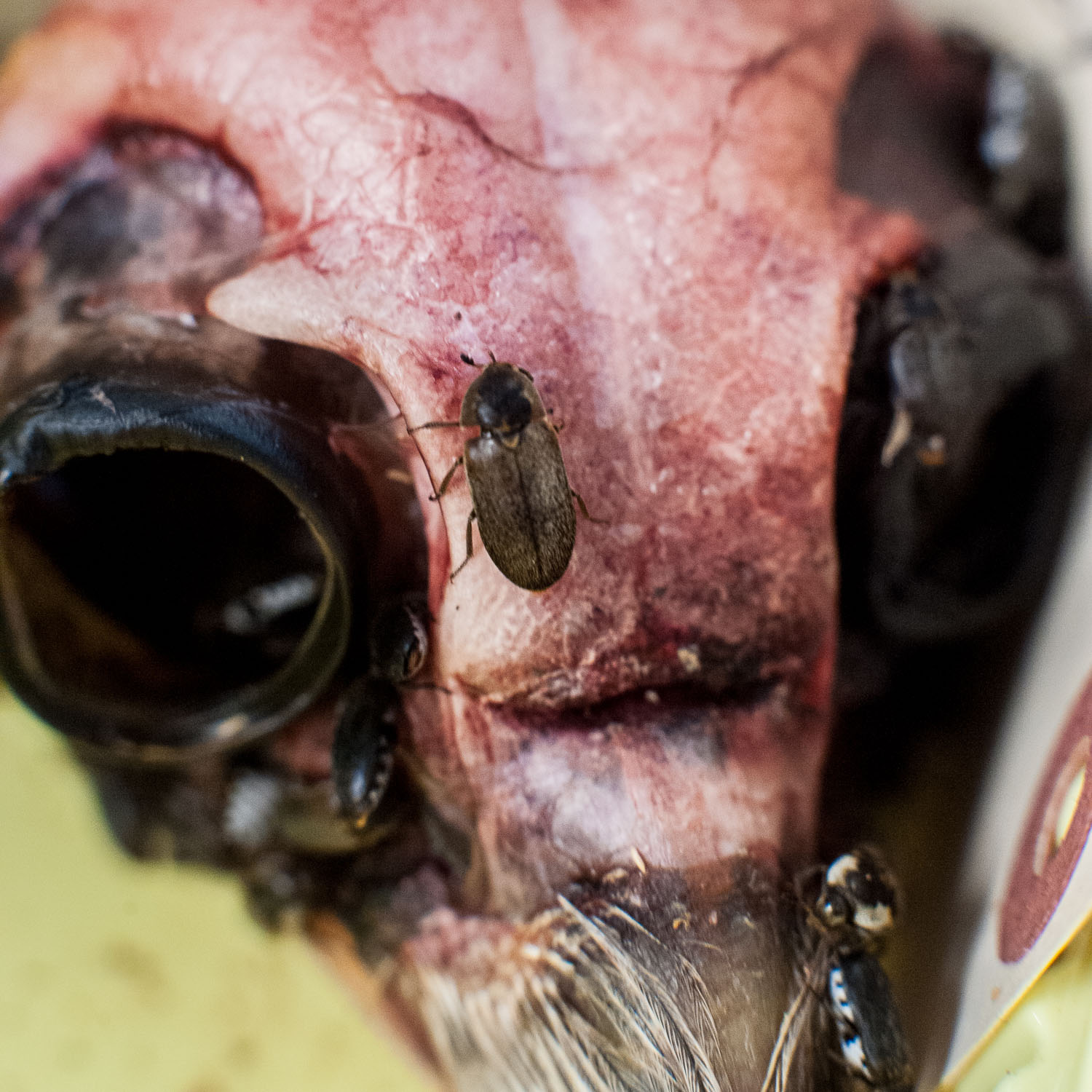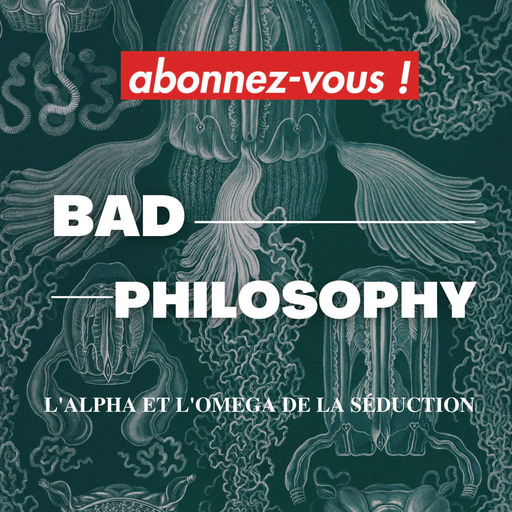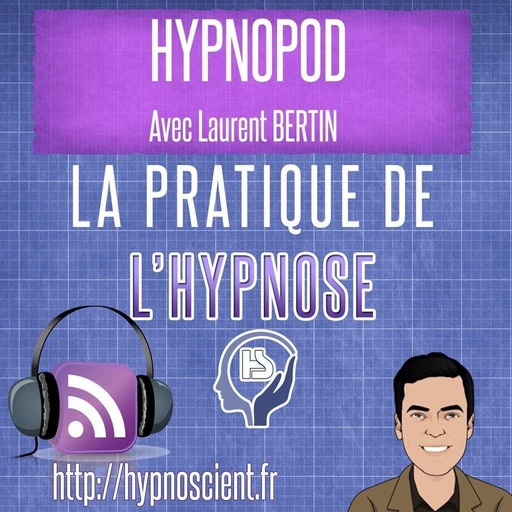Walk through any natural history museum and you’ll see rows of effortlessly clean animal skeletons. Chances are you're looking at a strange form of human/insect symbiosis happening in the museum’s back rooms.
Preparing an animal’s skeleton for display is incredibly labor intensive for human hands. So curators have turned to a family of beetles with millennia of experience.
The dermestidae family of beetles have followed humans since our early history. They’re opportunistic eaters, and they like the things we like: grains, bacon grease, leather, silk scarves, books, carpets. And as early humans traveled, the beetles came with, colonizing across the globe.
The majority of humans’ relationship with these beetles is and has been contentious, as they tend to wreak havoc on human possessions. They’re often exterminated as pests.
But several species of the dermestidae family have a taste for dead flesh. Including dermestes maculatus, aka. “The Hide Beetle”. And for this reason, curators have enlisted their help as “museum volunteers.”
At least, that’s what Chris Stinson of the Beaty Biodiversity Museum in Vancouver, British Columbia calls them. He’s the Curatorial Assistant of Mammals, Reptiles, and Amphibians and he approximates that he has 20,000 of these volunteers to prep the museum’s collection.
In this episode, Here Be Monsters producer Jeff Emtman smells the beetle tank, listens to them eat an owl skull, and holds a real flesh-eating beetle.*
Jeff Emtman produced this episode, with help from Bethany Denton and Nick White.
Music: The Black Spot
Happy Birthday Paul. We don’t know when your birthday actually is, but we hope it’s a good one...this year and every other.
*Due to dermestes maculatus’ preference for dead foods, they’re perfectly safe to handle, unless you’re a wild turkey (and if you’re actually reading this, you probably are).


 Emissions
Emissions



